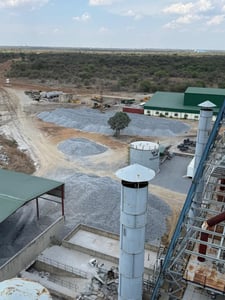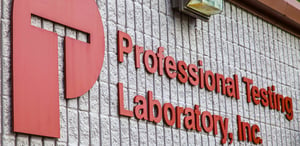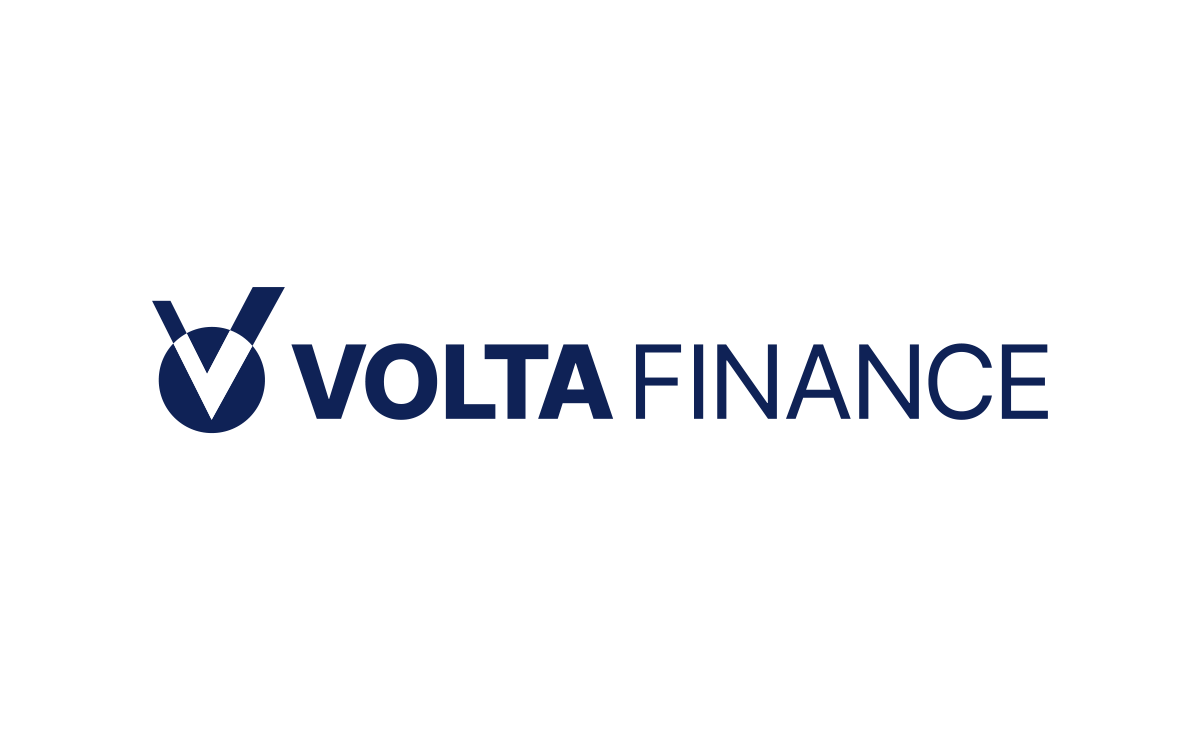As the biotechnology sector continues to evolve with cutting-edge scientific advancements, Sana Biotechnology, Inc. (NASDAQ: SANA) emerges as a formidable player in the realm of engineered cell medicines. The Seattle-based company, which was incorporated in 2018 and operates within the healthcare sector, specifically in biotechnology, is making strides to address unmet medical needs through its innovative ex vivo and in vivo cell engineering platforms. With a current market capitalization of approximately $572.91 million, Sana Biotechnology is garnering attention from investors seeking high-growth opportunities.
Sana’s current stock price stands at $2.54, having experienced a slight dip of 0.06% recently. However, the stock’s 52-week range, stretching from $1.34 to $7.15, implies significant volatility and potential for future gains. Analysts have set an average target price of $9.33, suggesting a substantial potential upside of 267.45%. This optimistic projection is supported by a majority of analysts giving it a “Buy” rating, with seven buy recommendations and only one hold, and no sell ratings.
The company’s robust product pipeline focuses on transformative treatments for complex diseases such as type 1 diabetes, systemic lupus erythematosus, and various cancers. Notable developments include UP421, a HIP-modified allogeneic primary islet cell product currently in phase 1 clinical trials for type 1 diabetes, and SC291, an allogeneic CAR T cell product targeting systemic lupus erythematosus and ANCA-associated vasculitis.
Despite its promising potential, investors should be mindful of the financial health indicators. Sana Biotechnology is not yet profitable, with a negative earnings per share (EPS) of -0.88 and a return on equity (ROE) of -71.44%. The company also reports a significant negative free cash flow of $118.45 million, highlighting the capital-intensive nature of biotech innovation. The absence of a P/E ratio and other valuation metrics further underscores its status as a pre-revenue biotech firm, where traditional financial metrics may not fully capture its growth potential.
From a technical perspective, Sana’s stock is currently trading below its 200-day moving average of $2.89 and above its 50-day moving average of $1.92. The Relative Strength Index (RSI) is notably low at 16.99, indicating the stock may be oversold, which could signal a potential buying opportunity for those willing to embrace the inherent risks of investing in early-stage biotech.
Sana Biotechnology’s collaborations, such as its agreements with Beam Therapeutics and Harvard College, provide it with access to pioneering CRISPR and hypoimmune-modified cell technologies, bolstering its research capabilities and commercial prospects. These strategic partnerships are crucial as the company navigates the complex regulatory and developmental landscapes inherent in biotech innovation.
While the company does not offer dividends, which might deter income-focused investors, the cutting-edge nature of its research and the transformative potential of its therapies present a compelling risk-reward proposition for growth-oriented investors. As Sana Biotechnology continues its journey in developing groundbreaking therapies, its stock remains a speculative yet intriguing choice for those with a keen eye on the future of medicine.








































